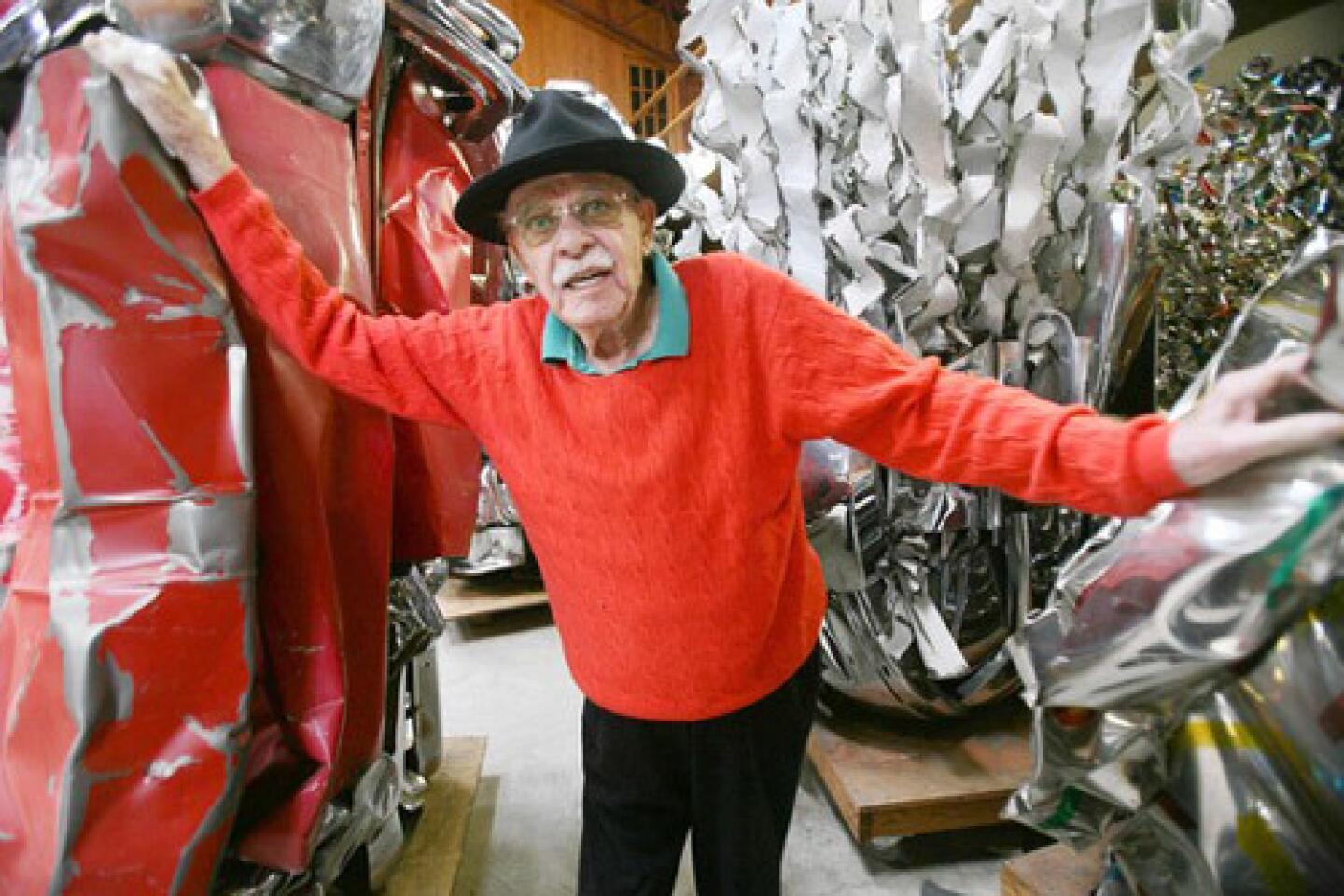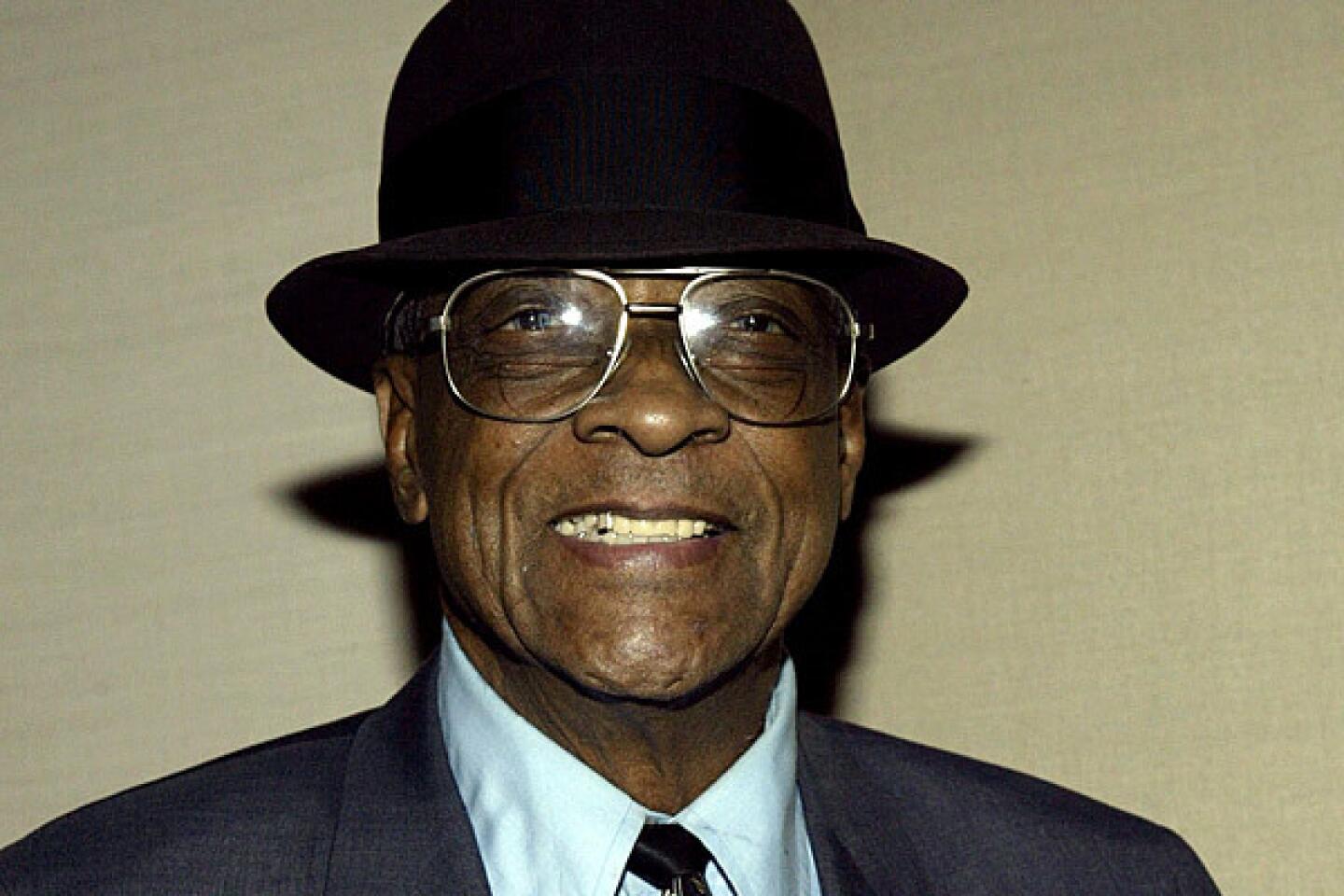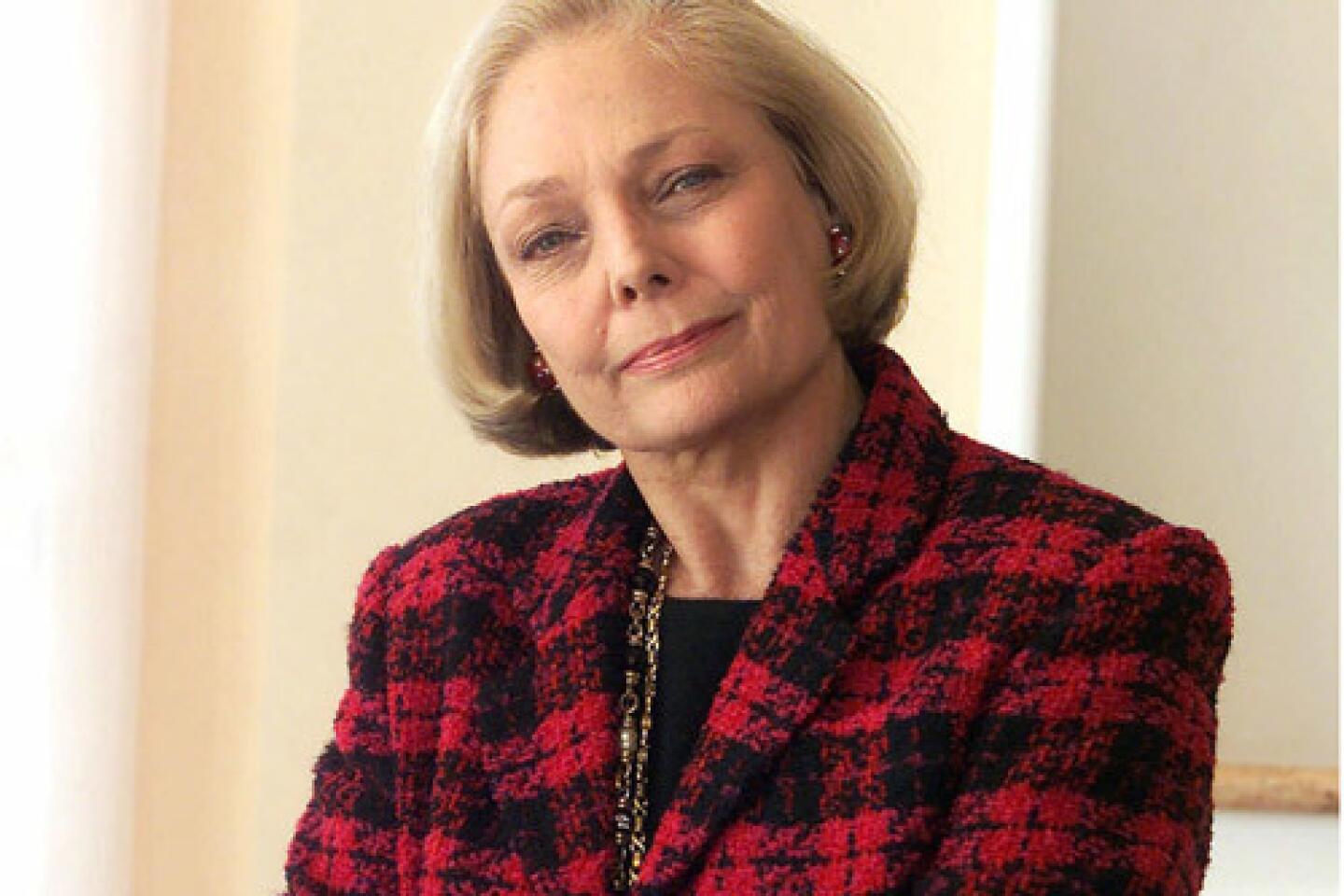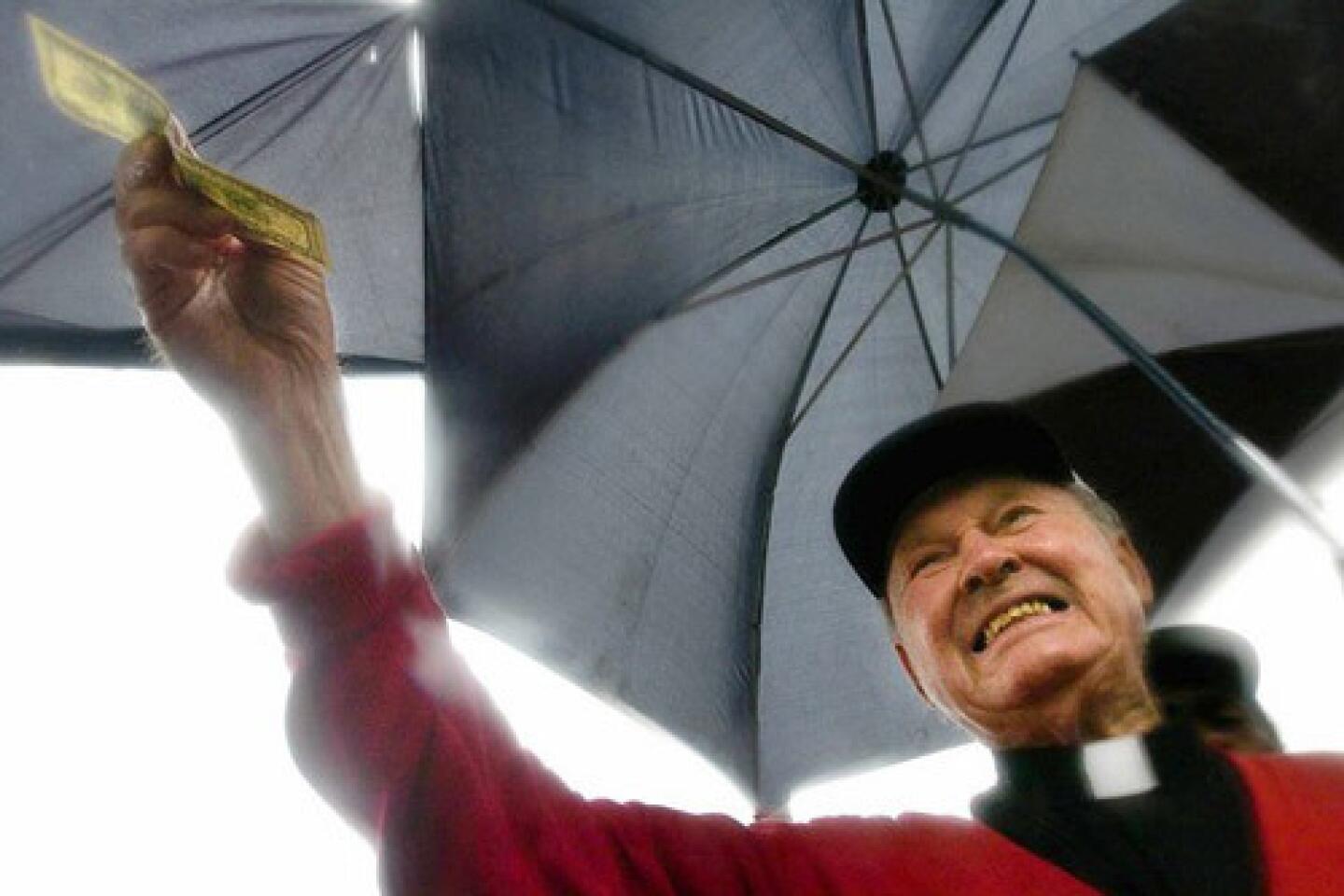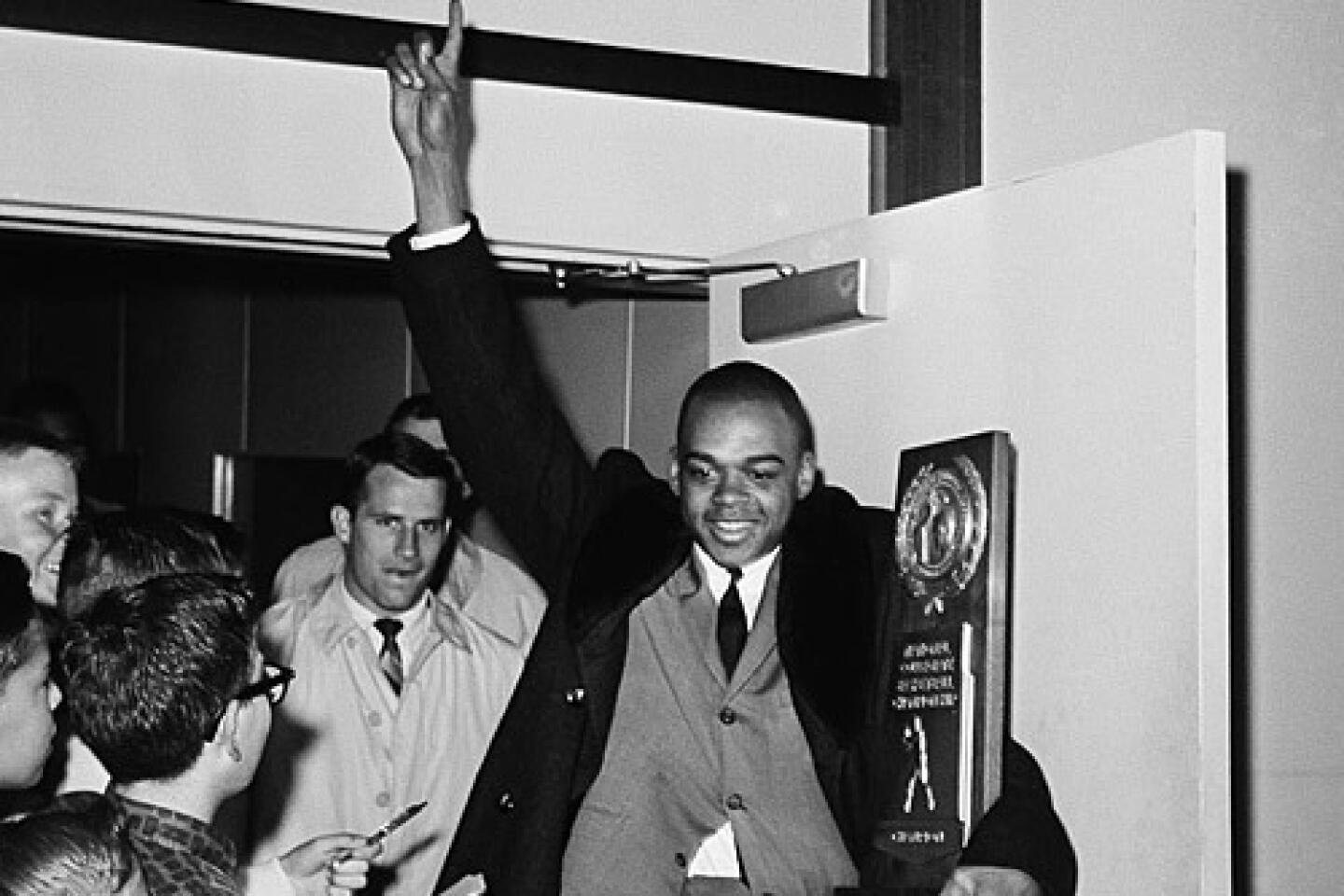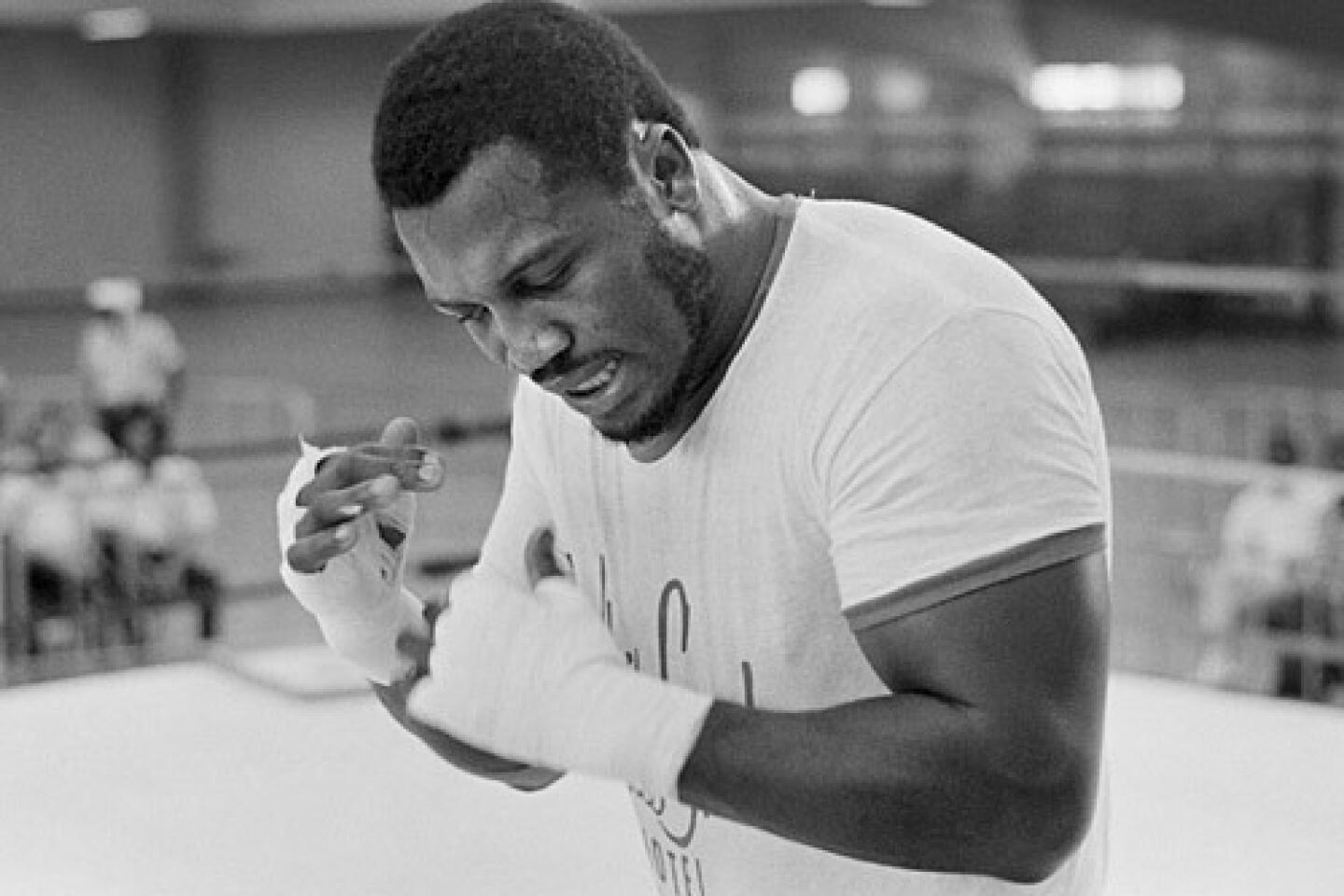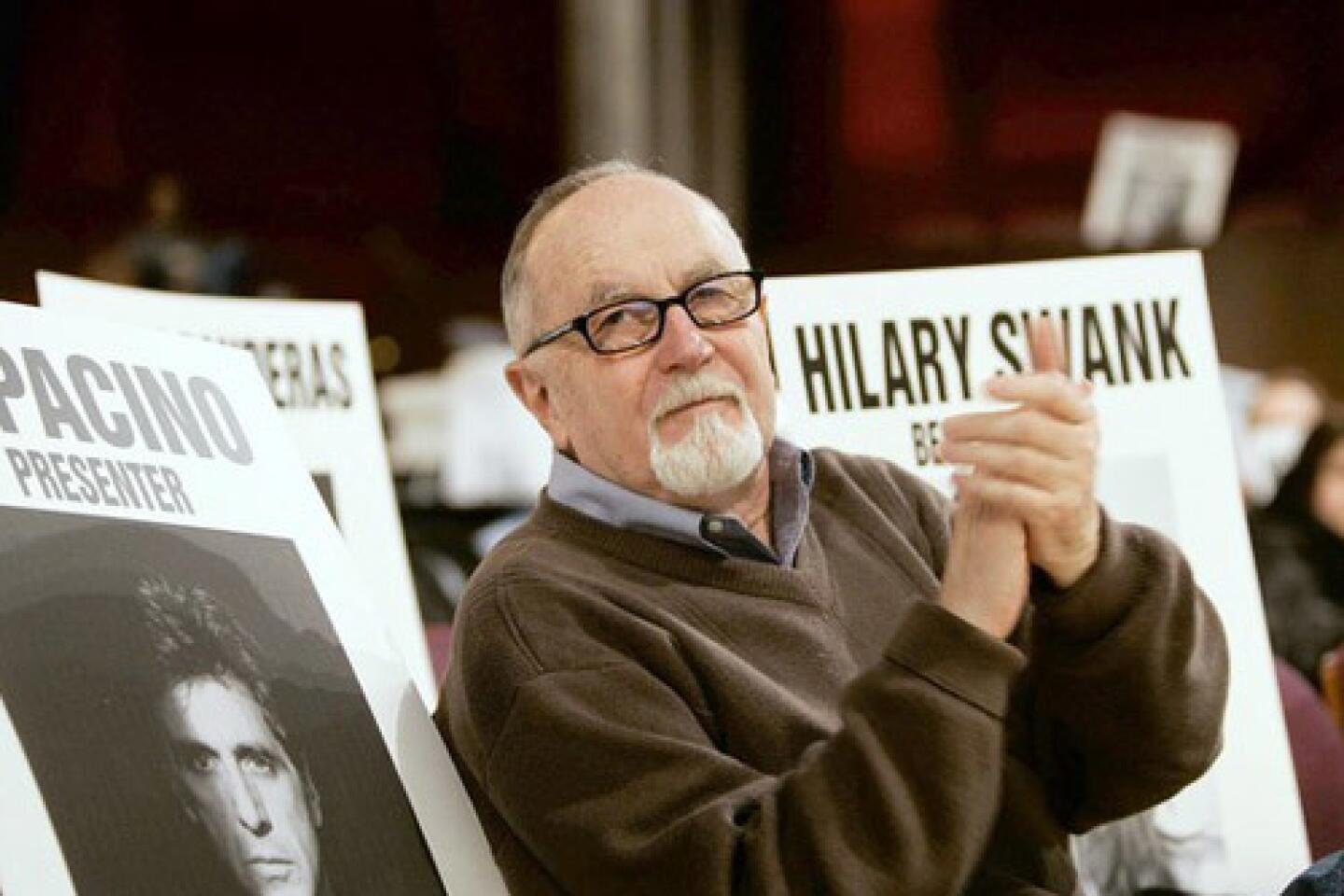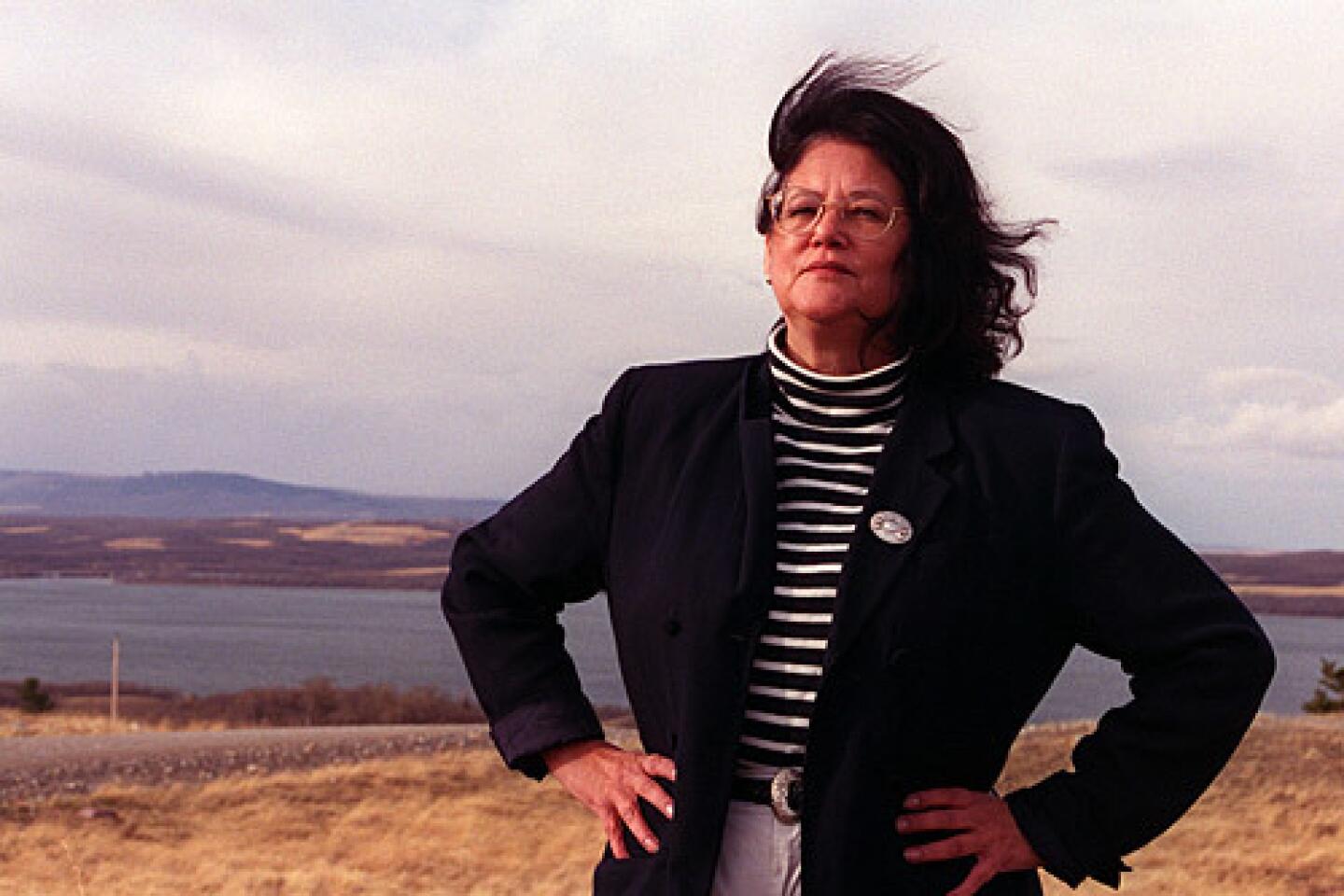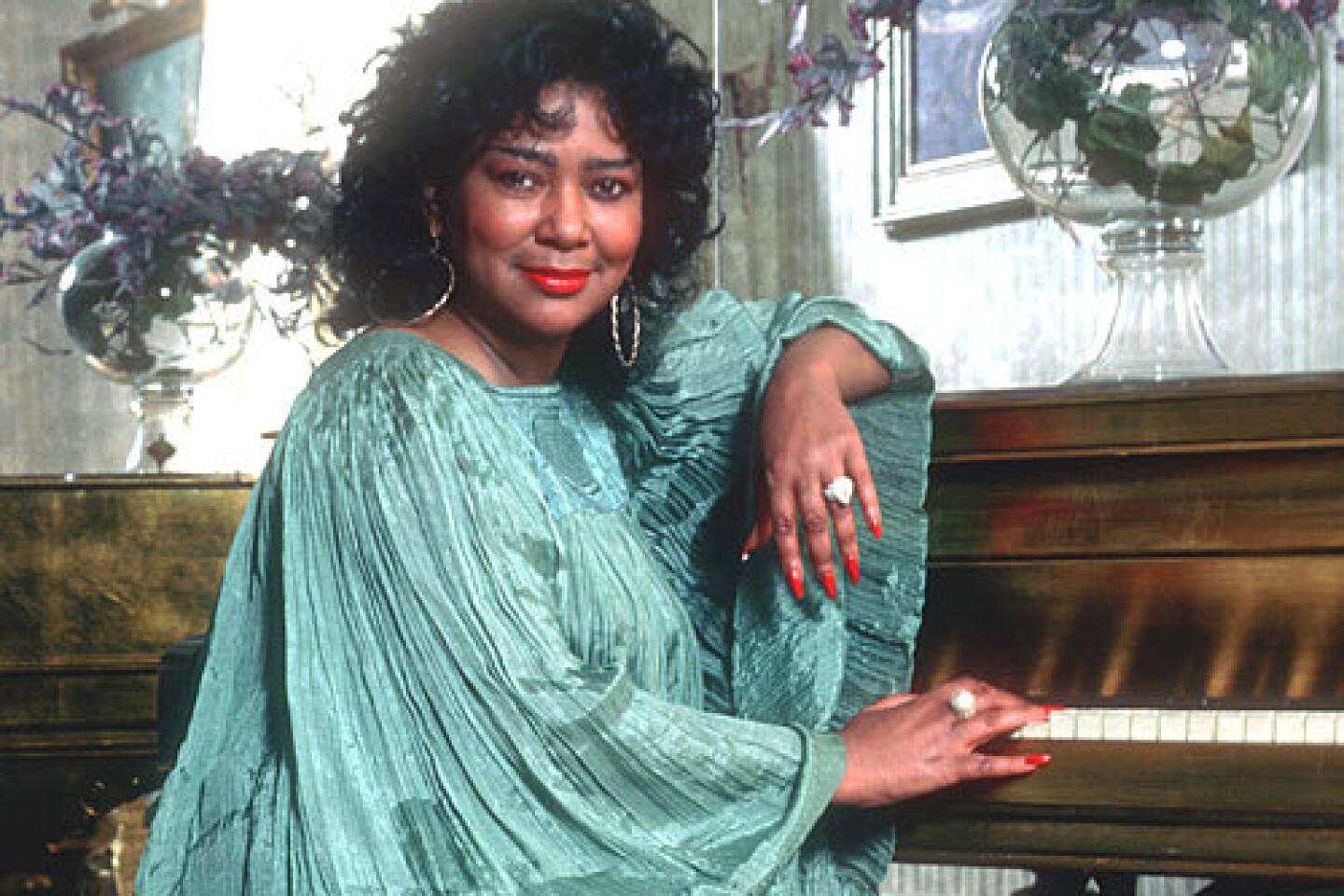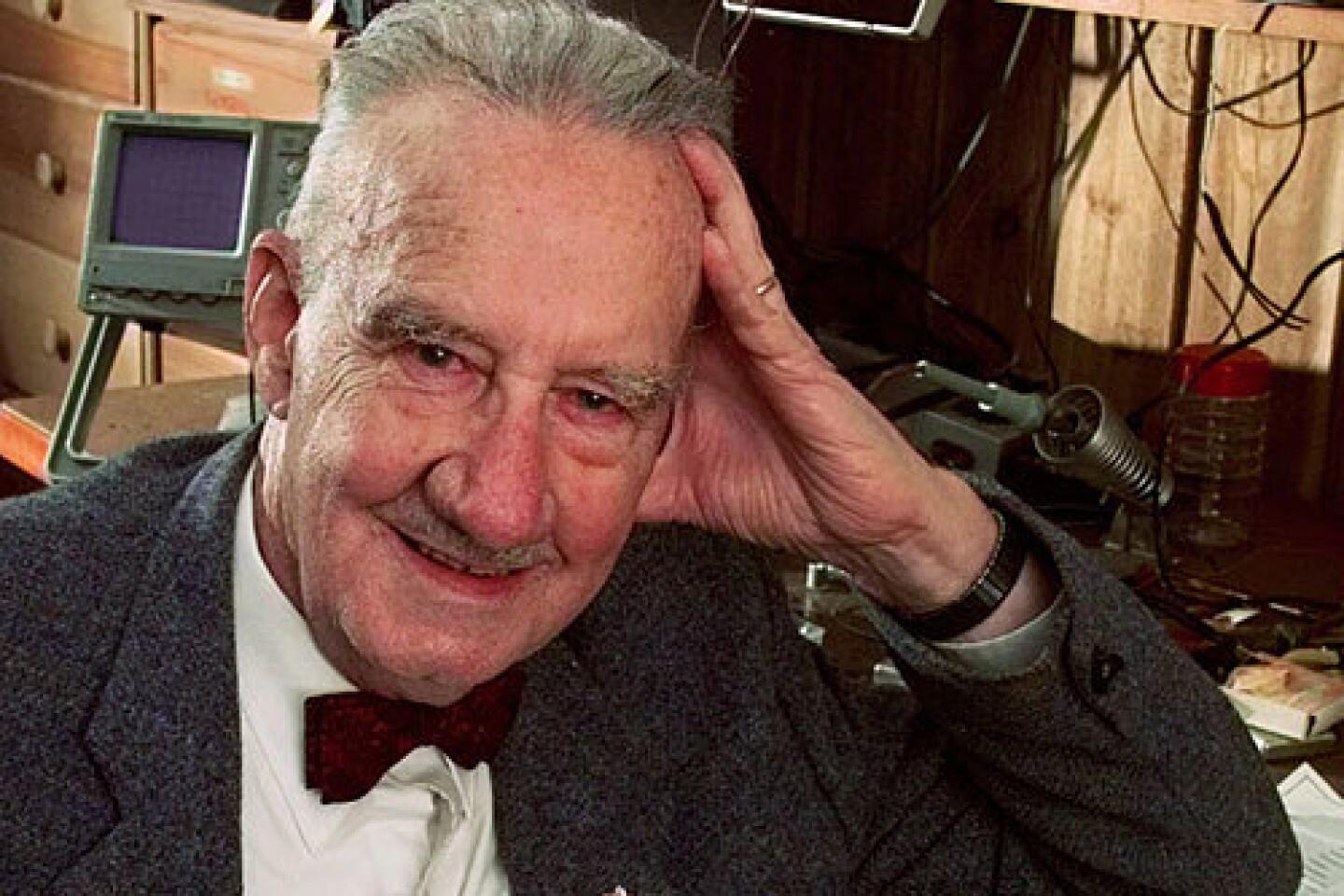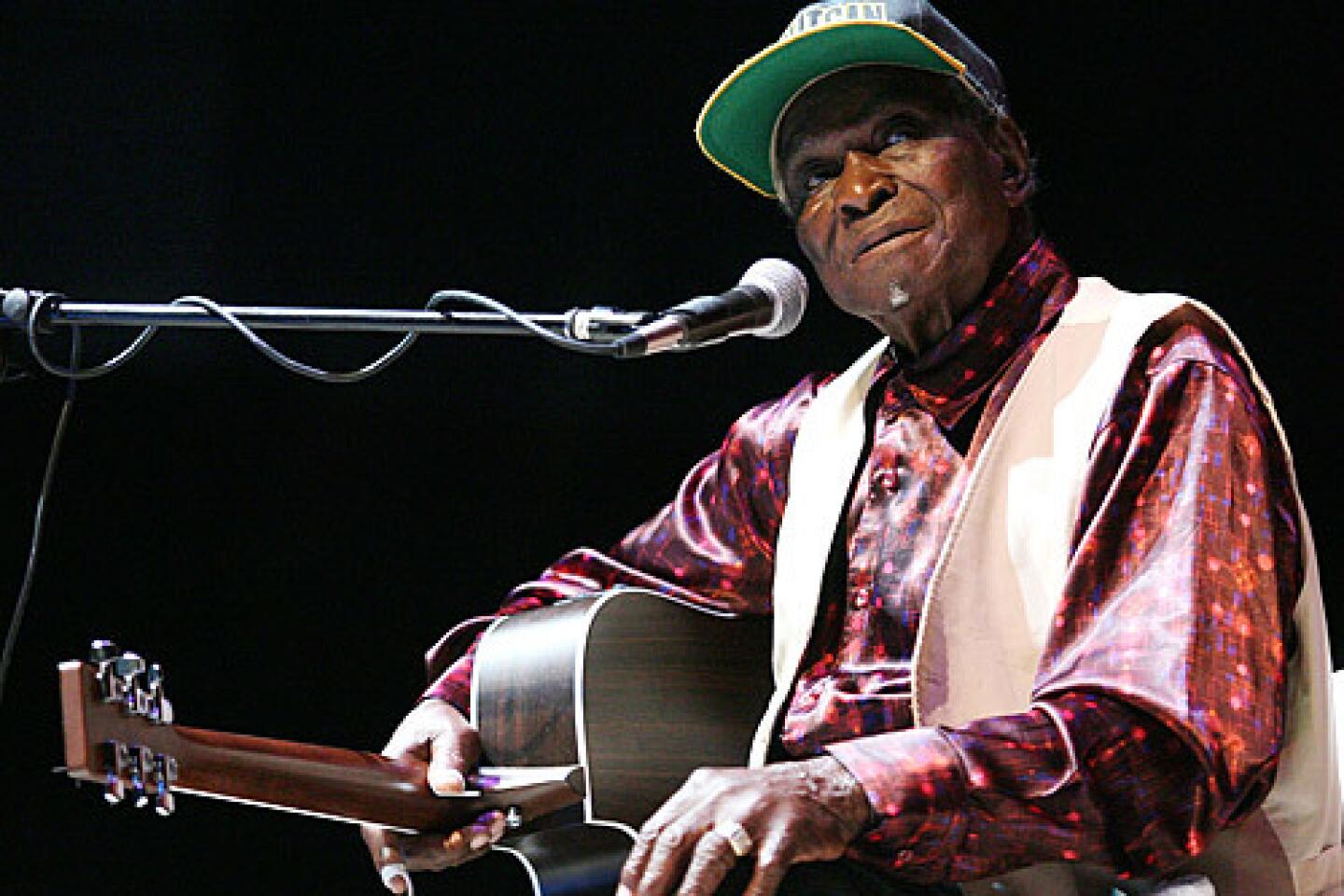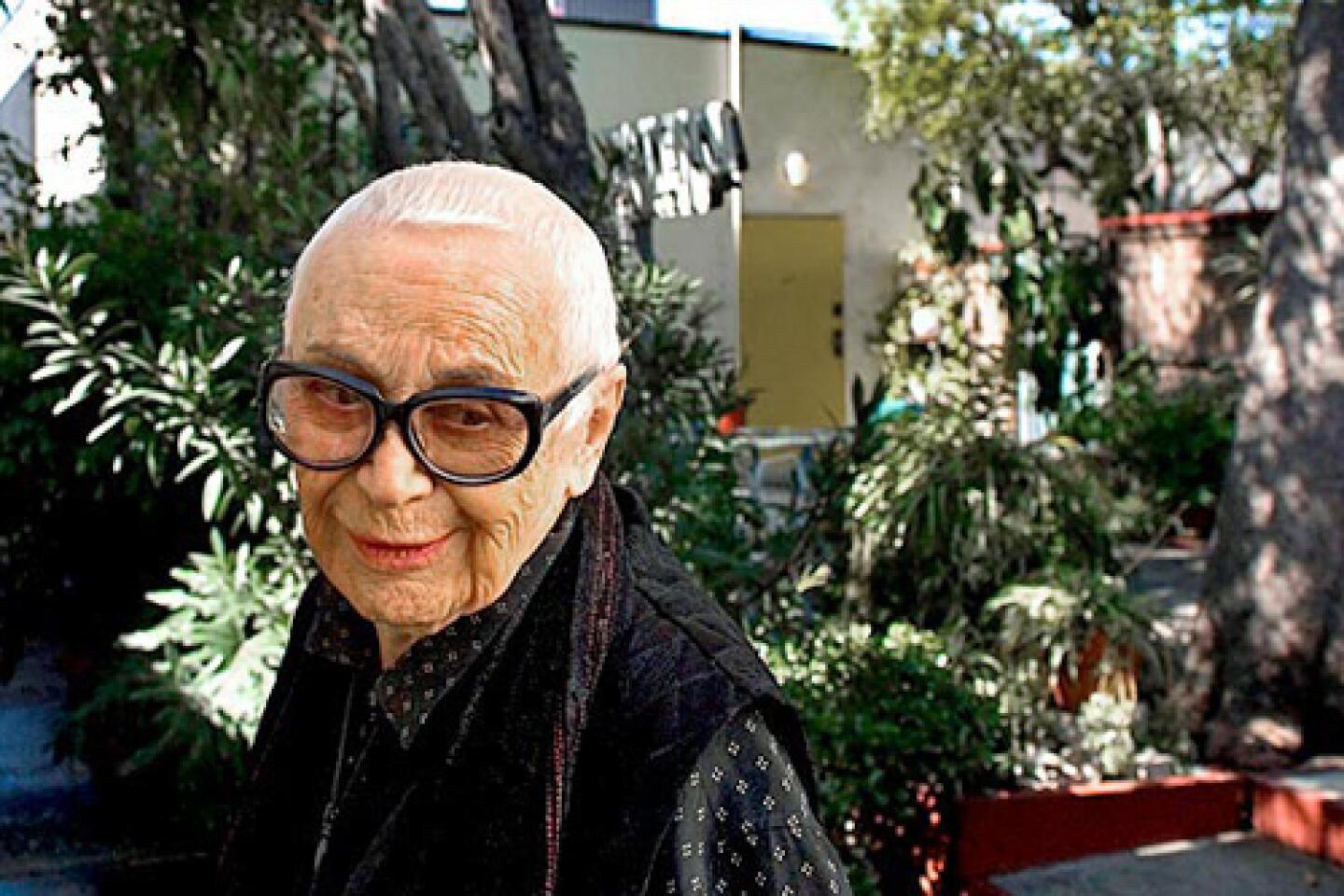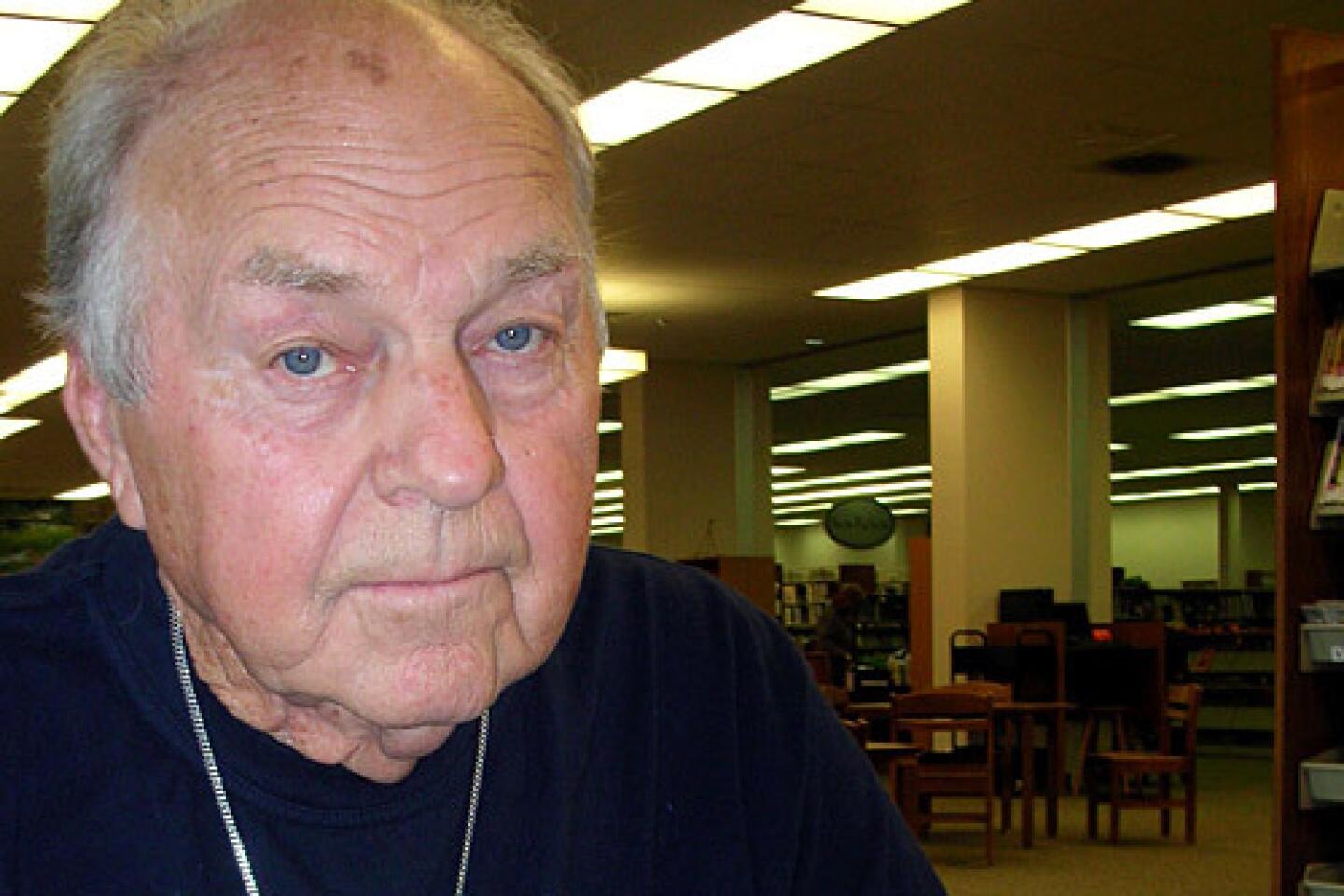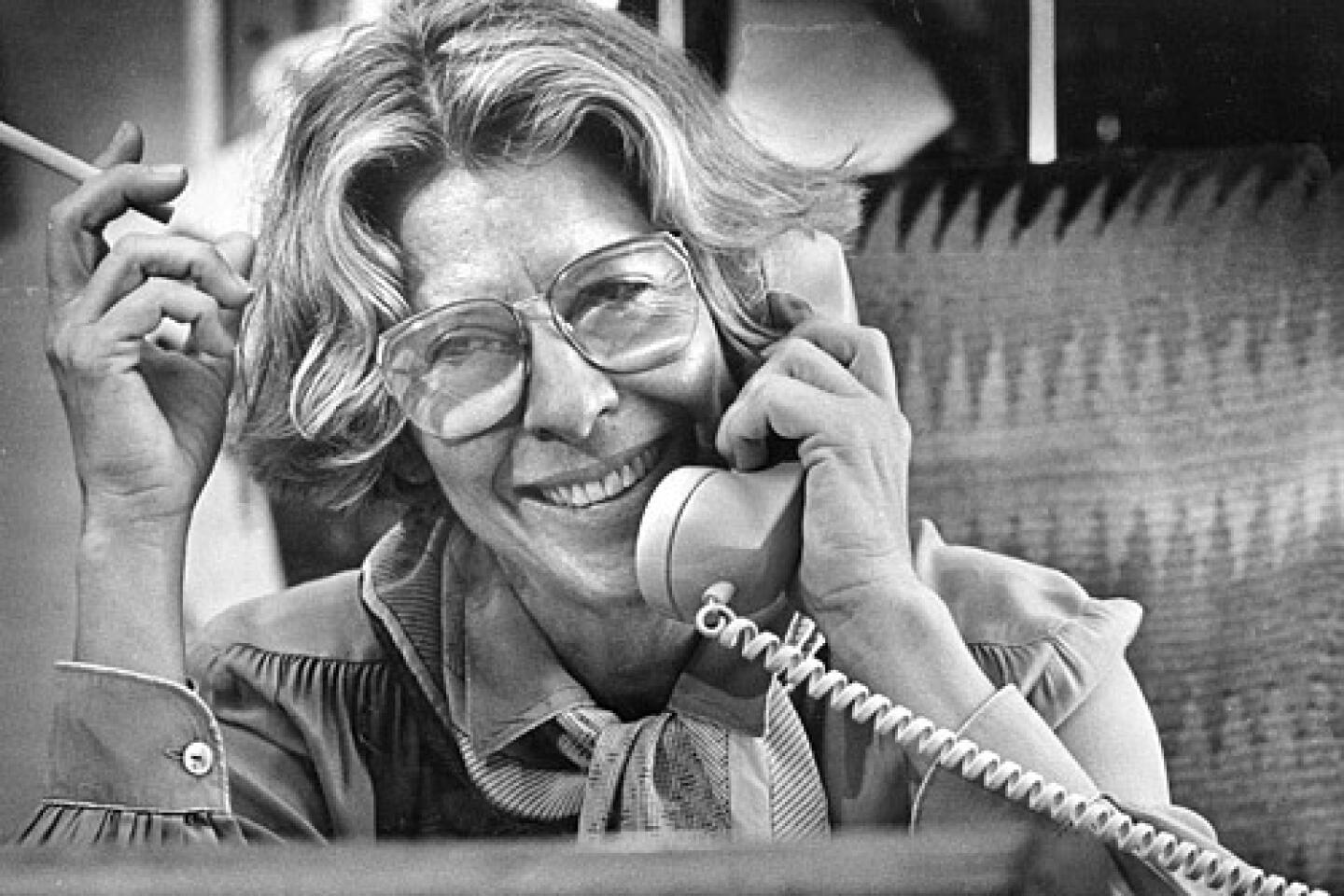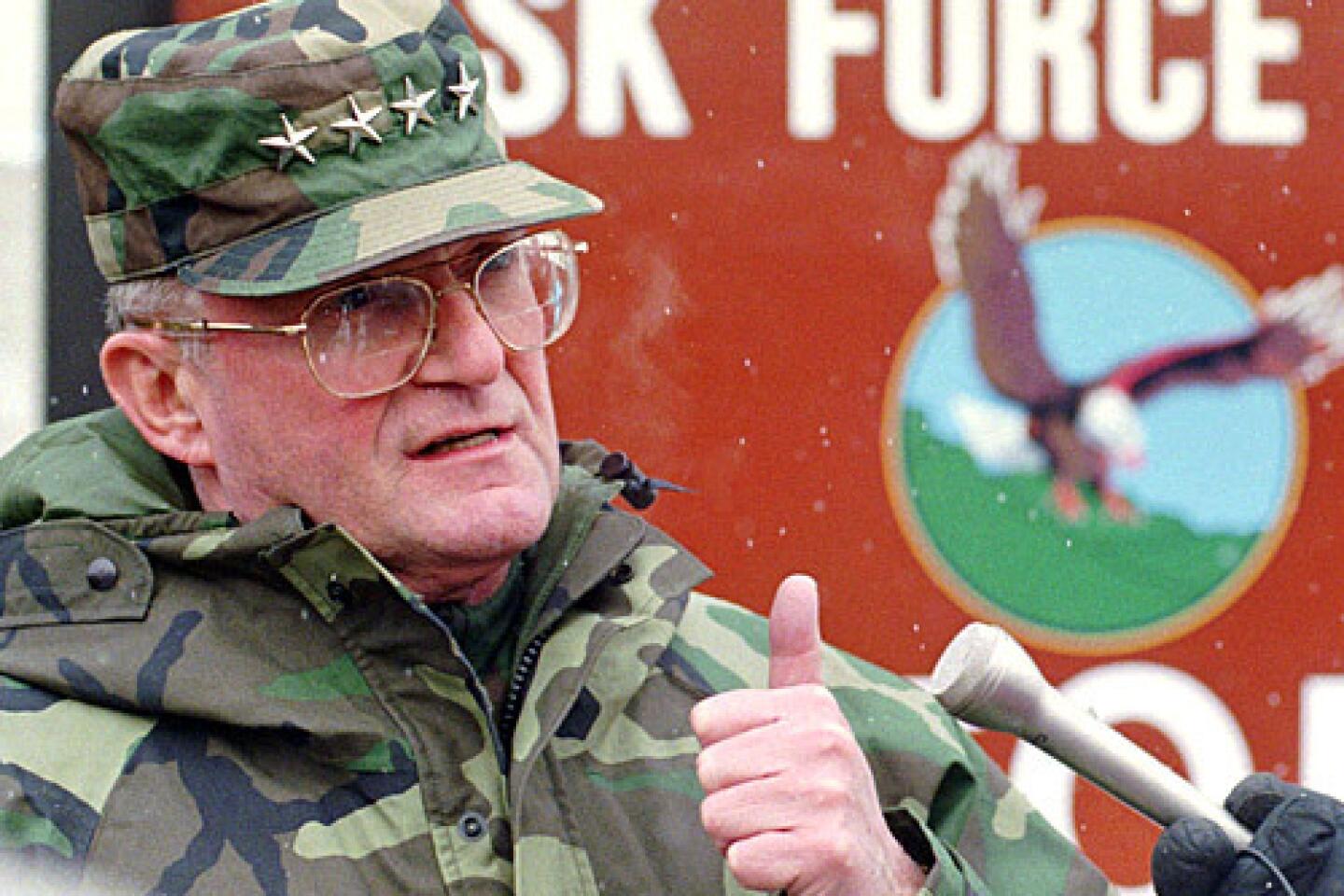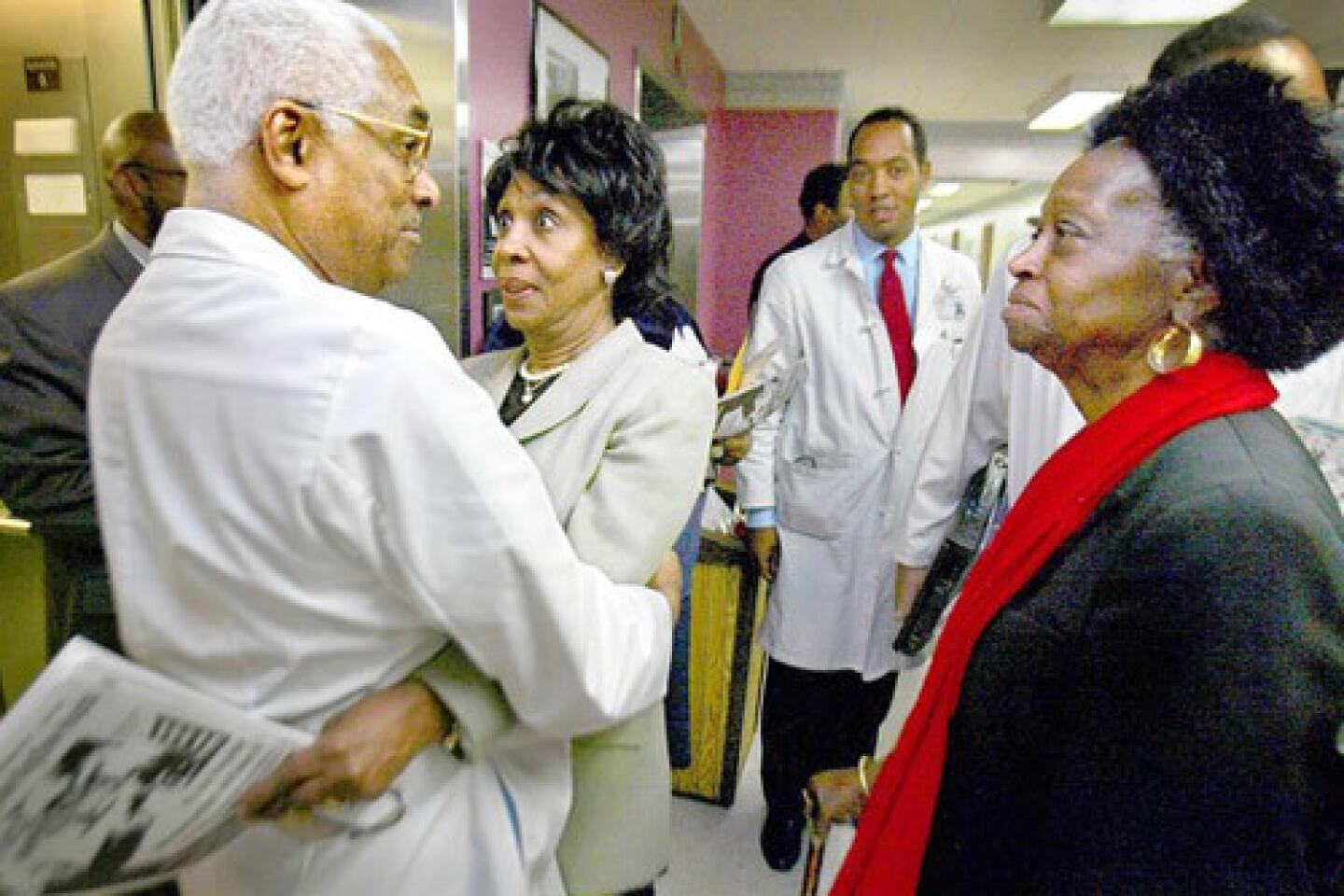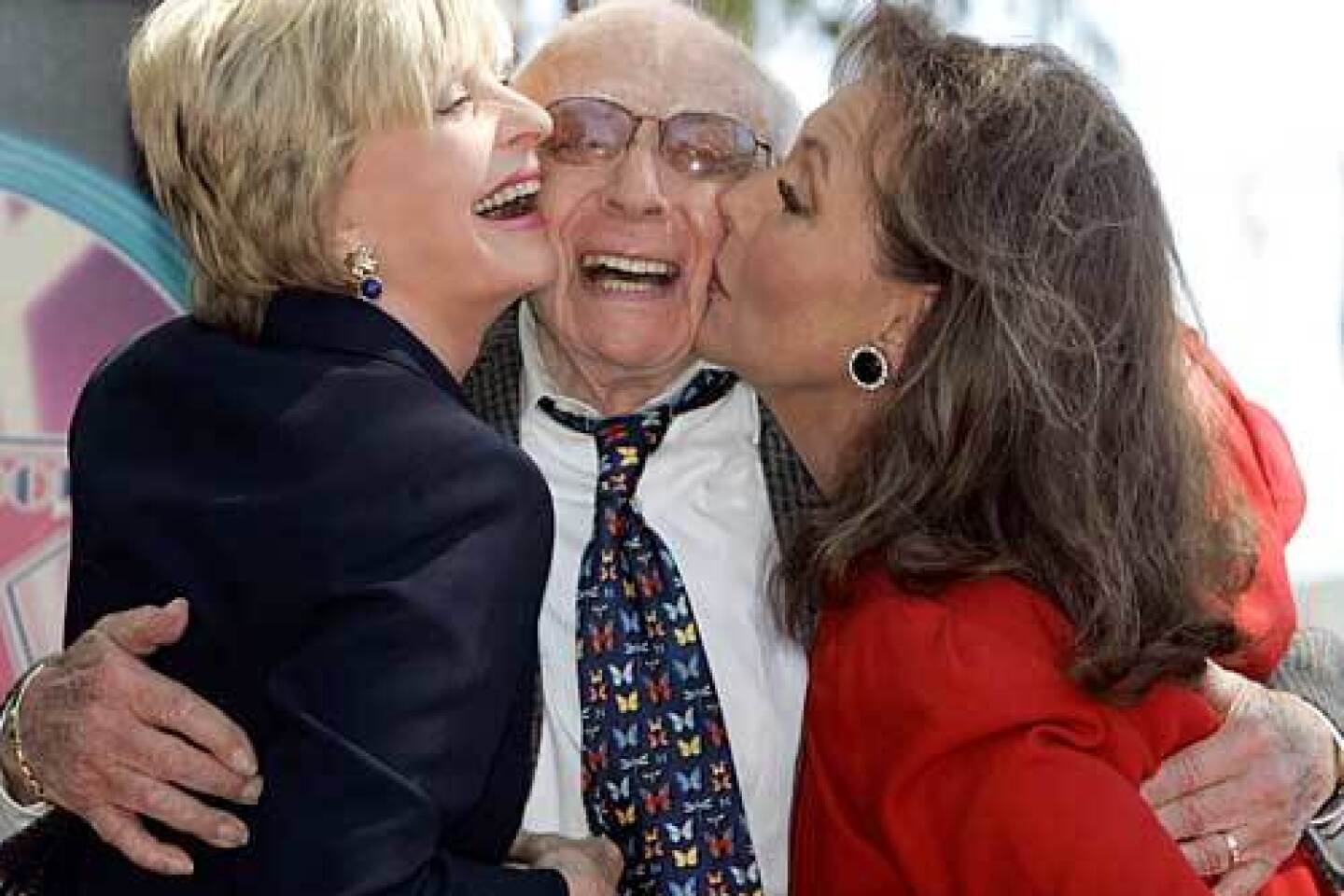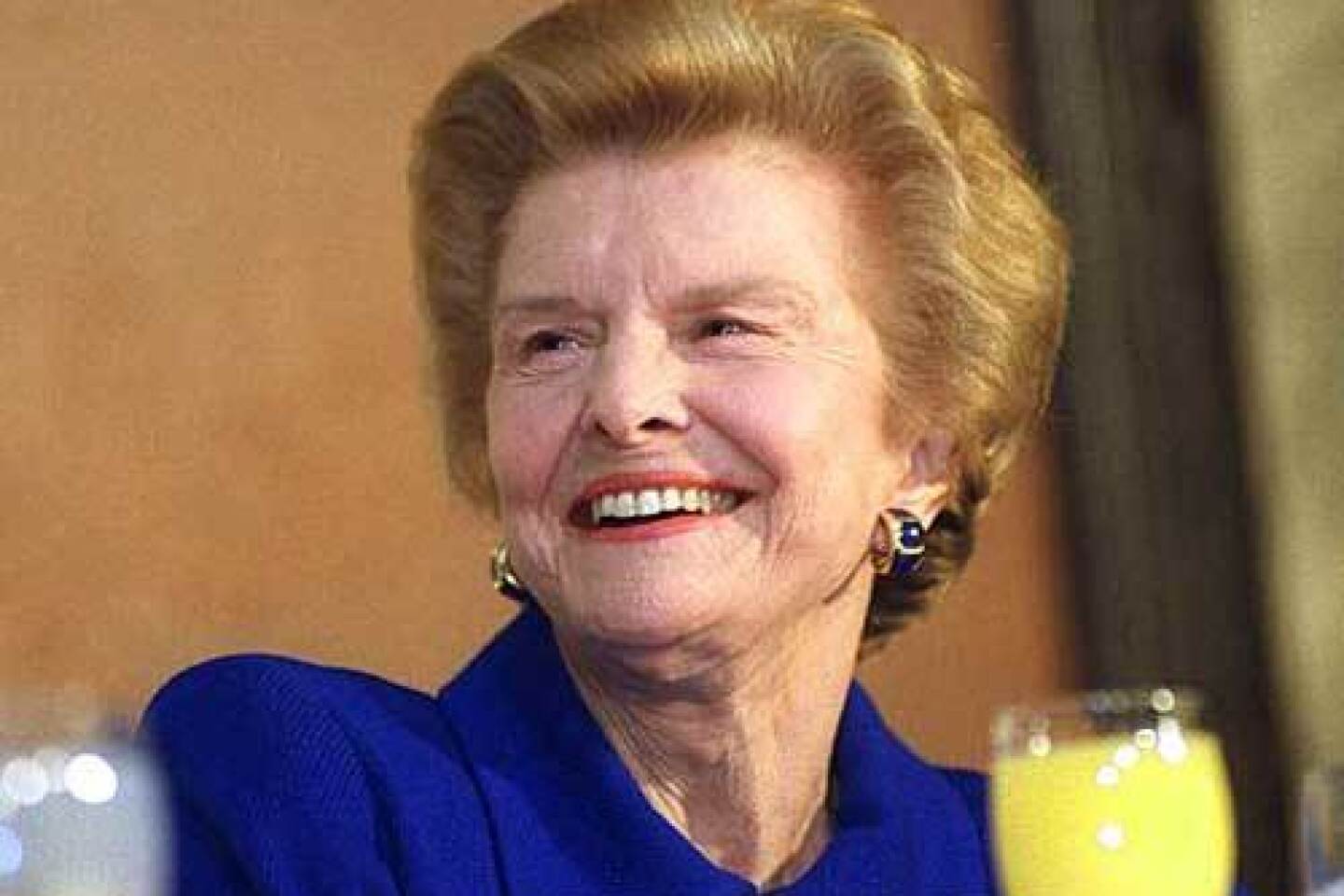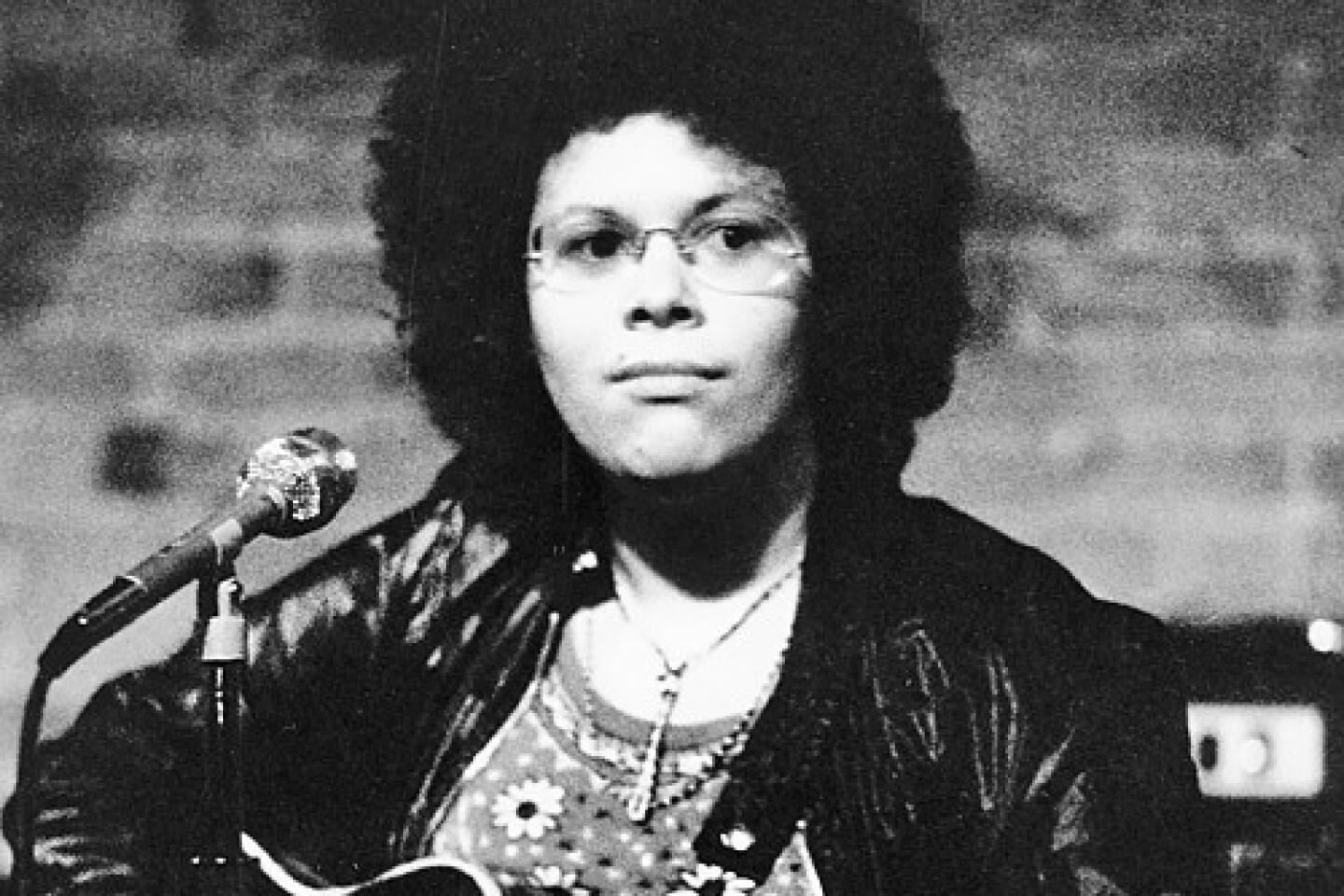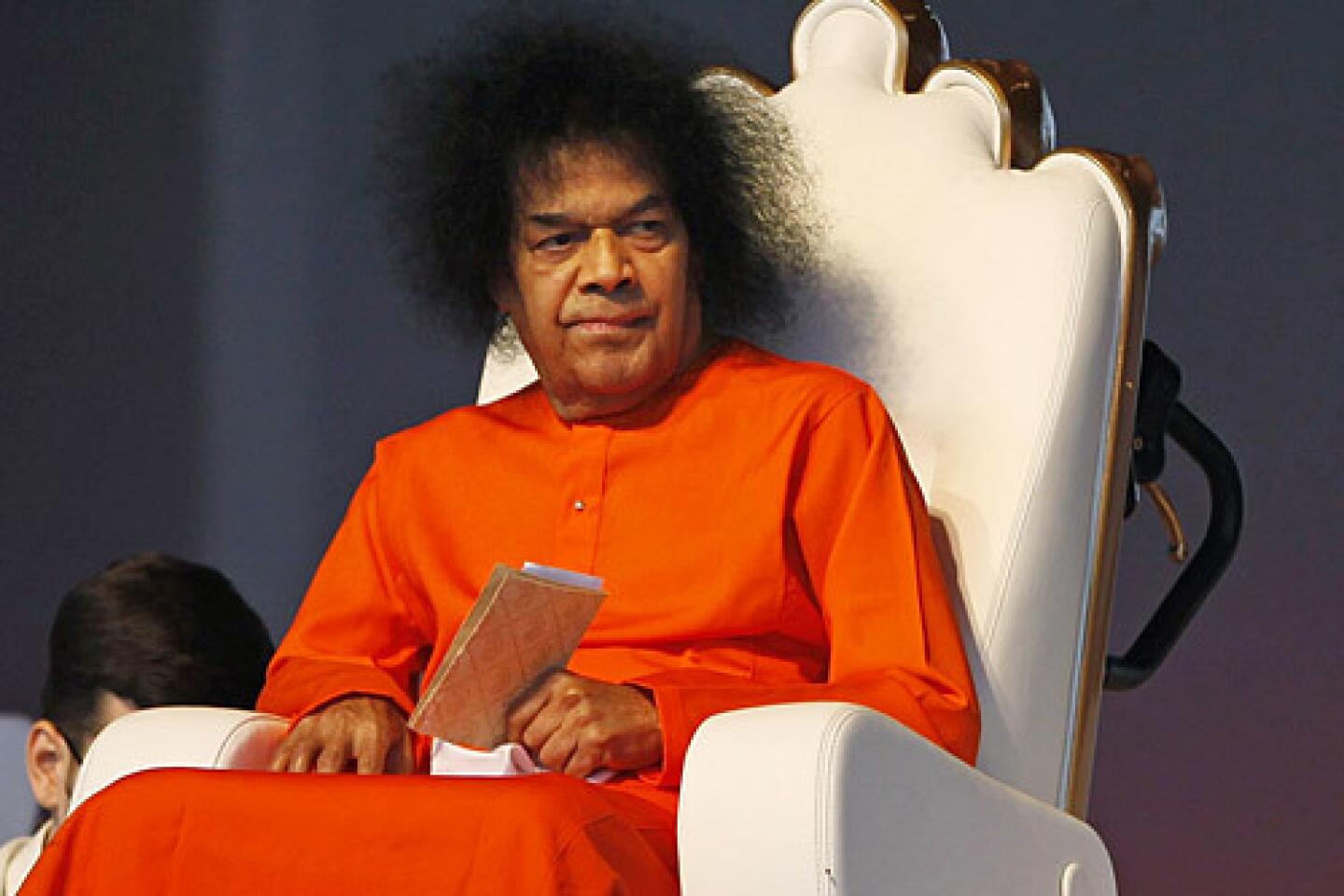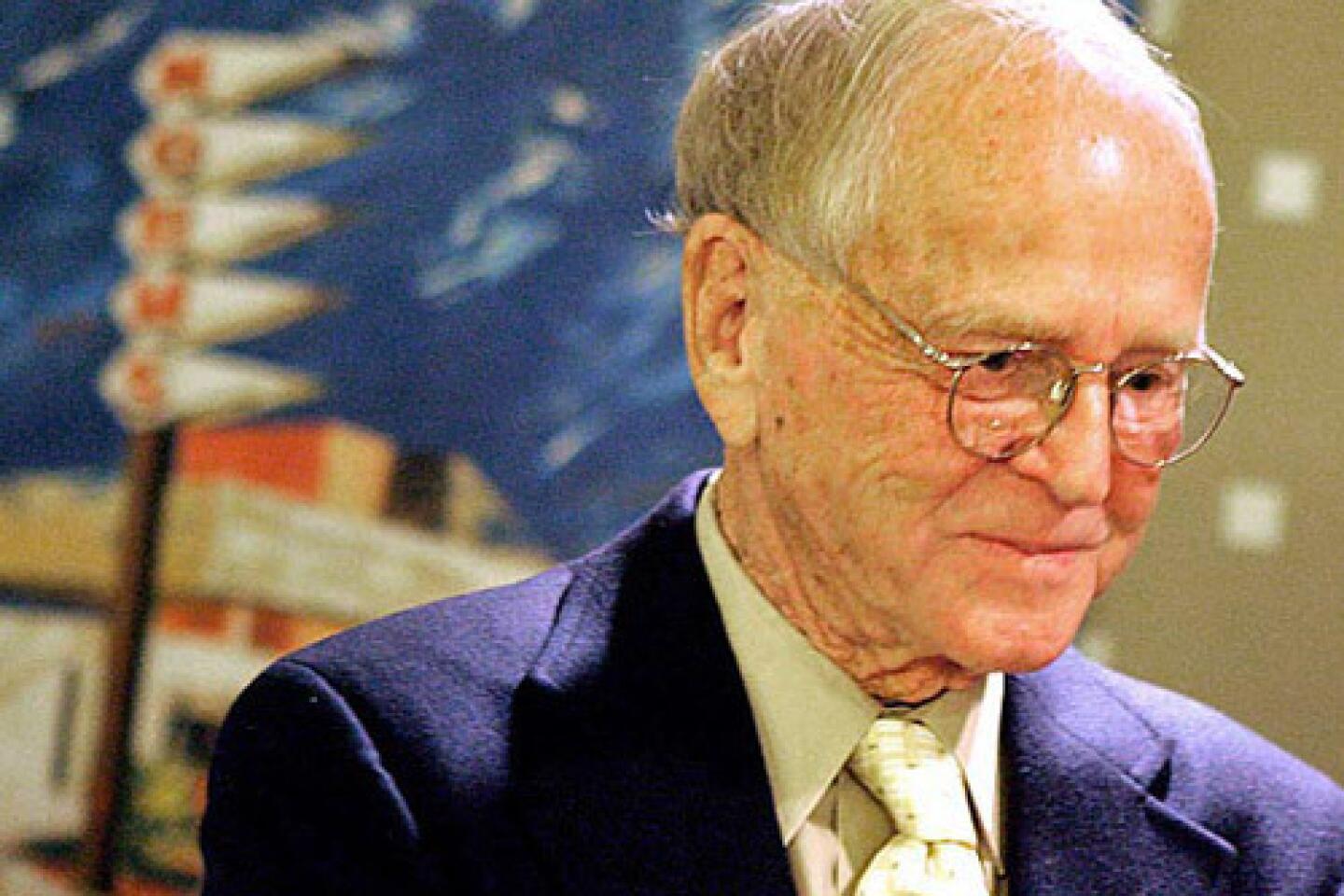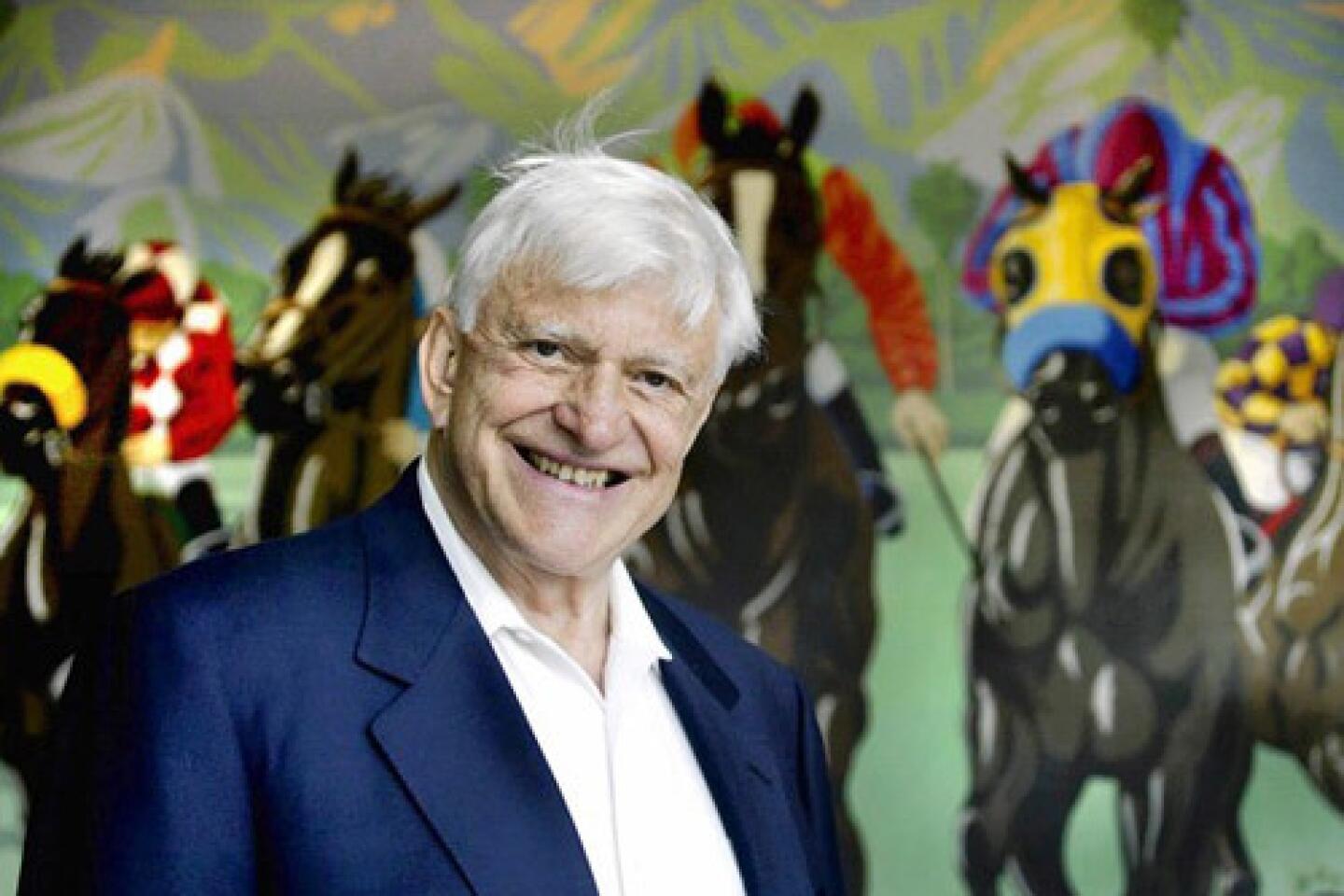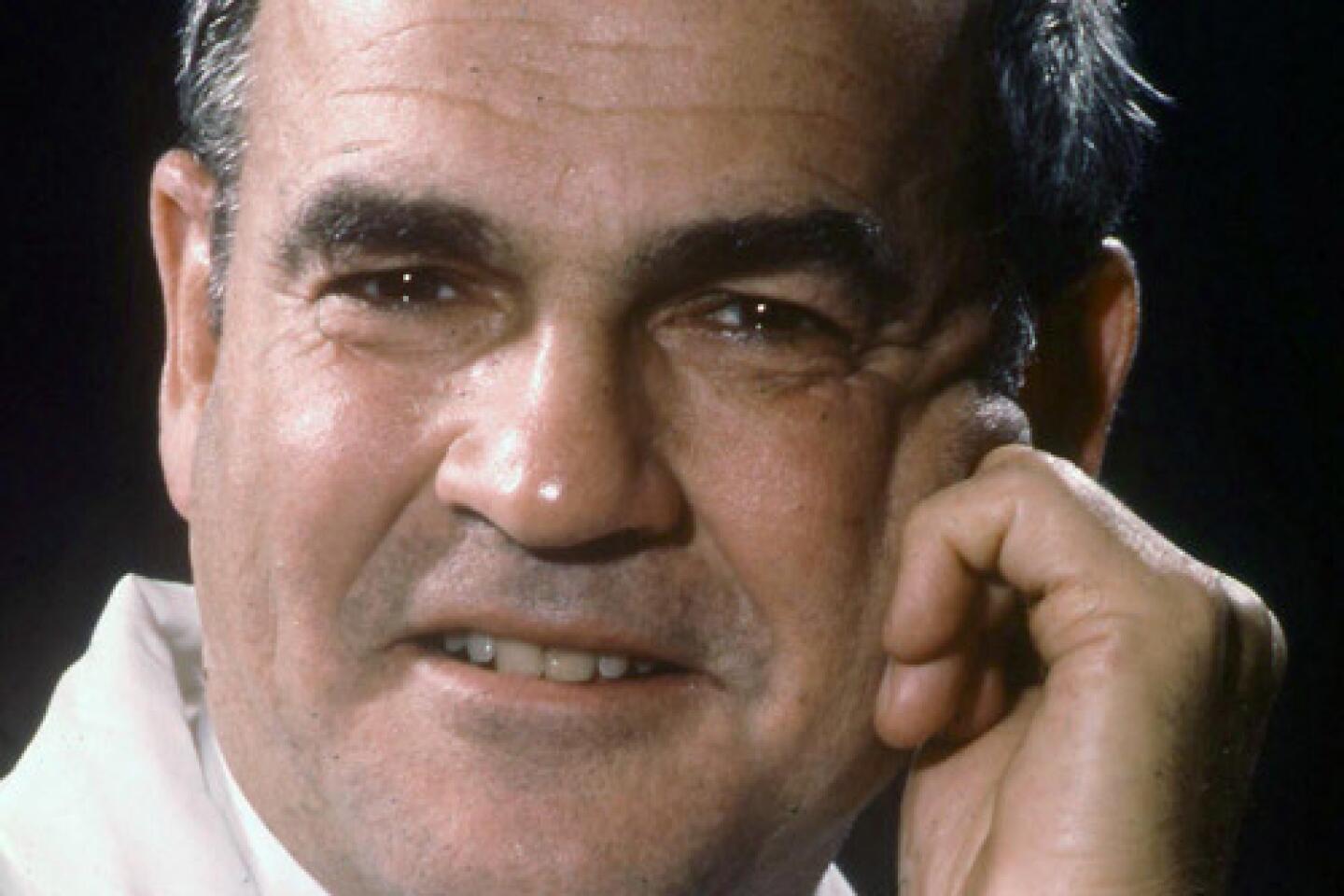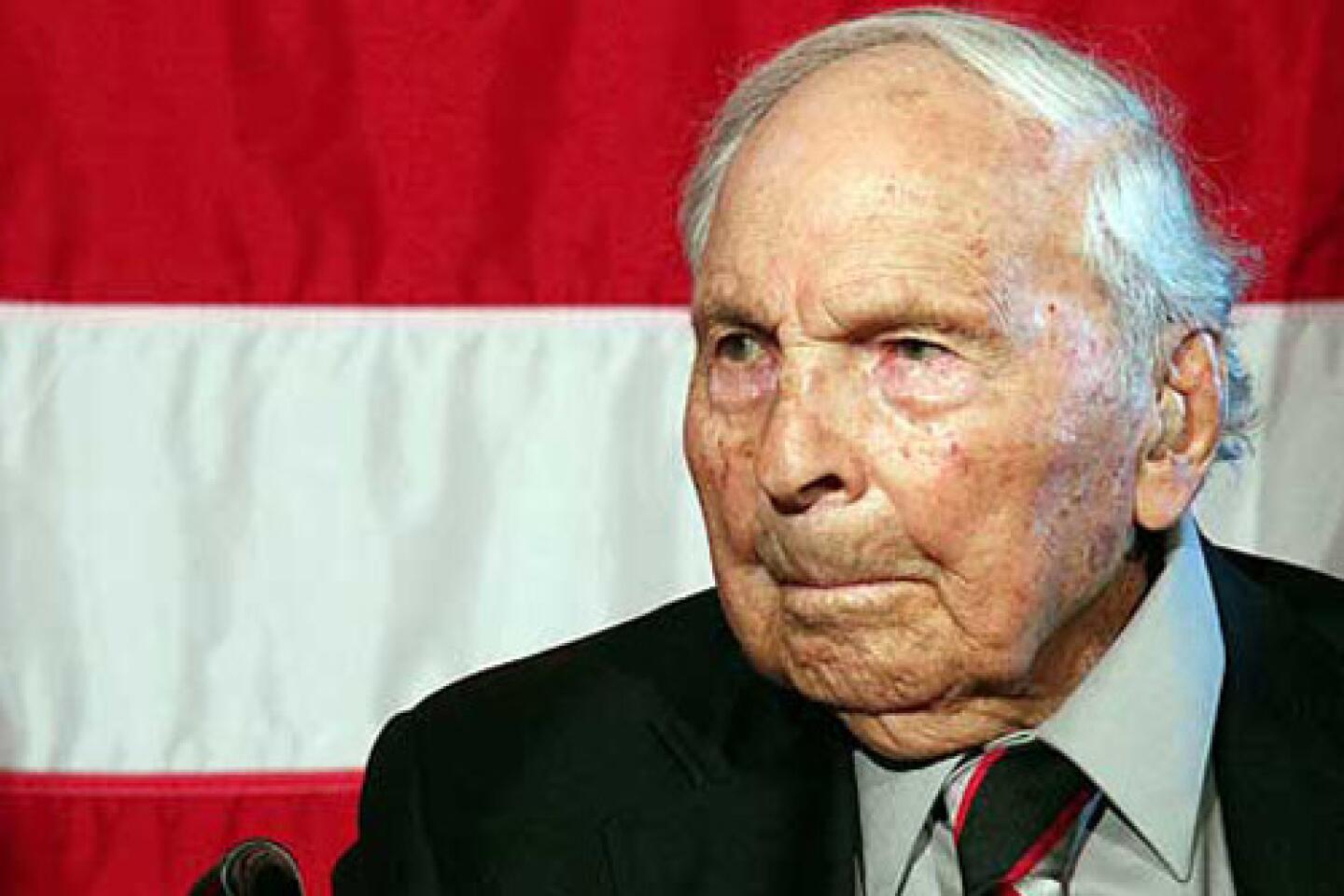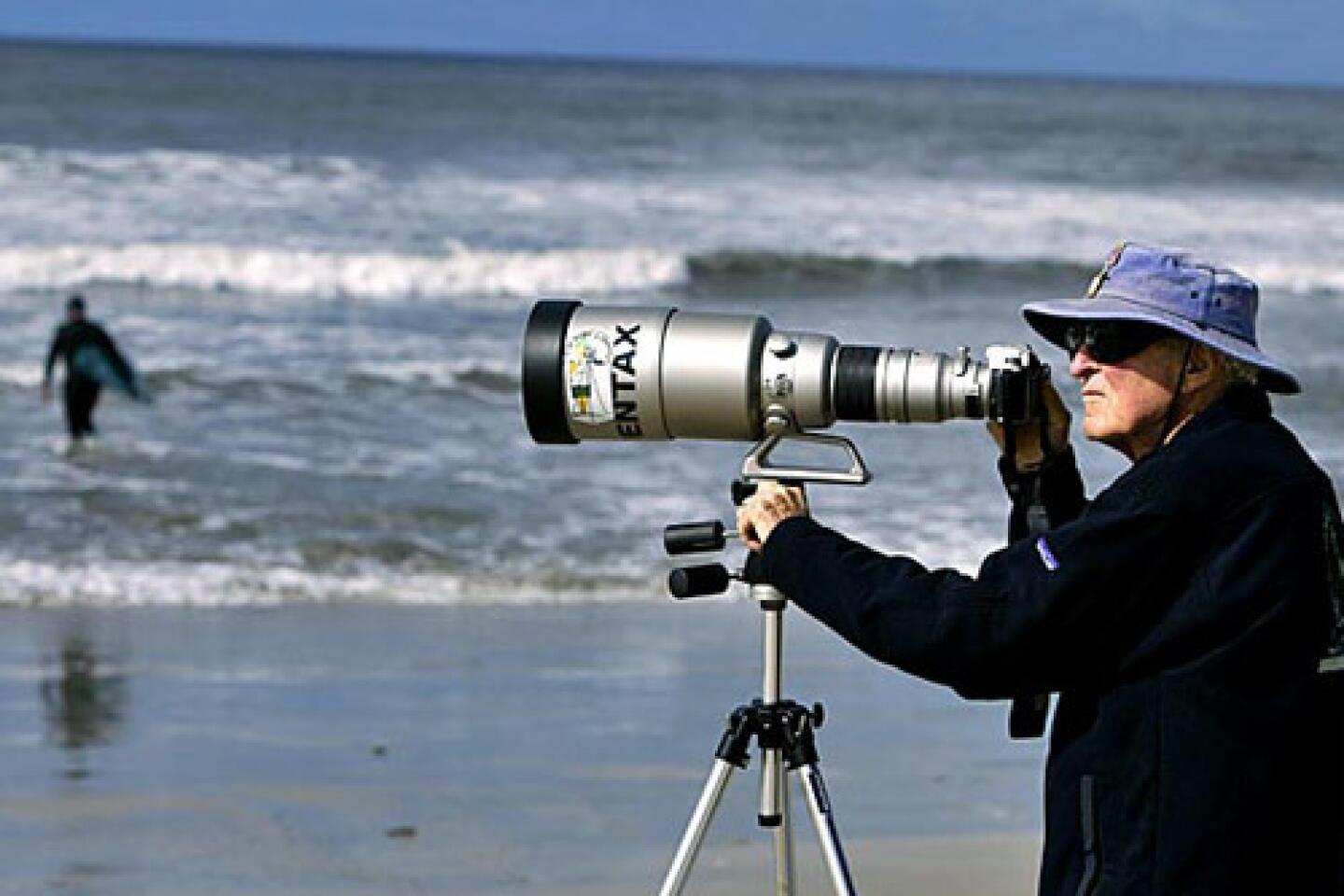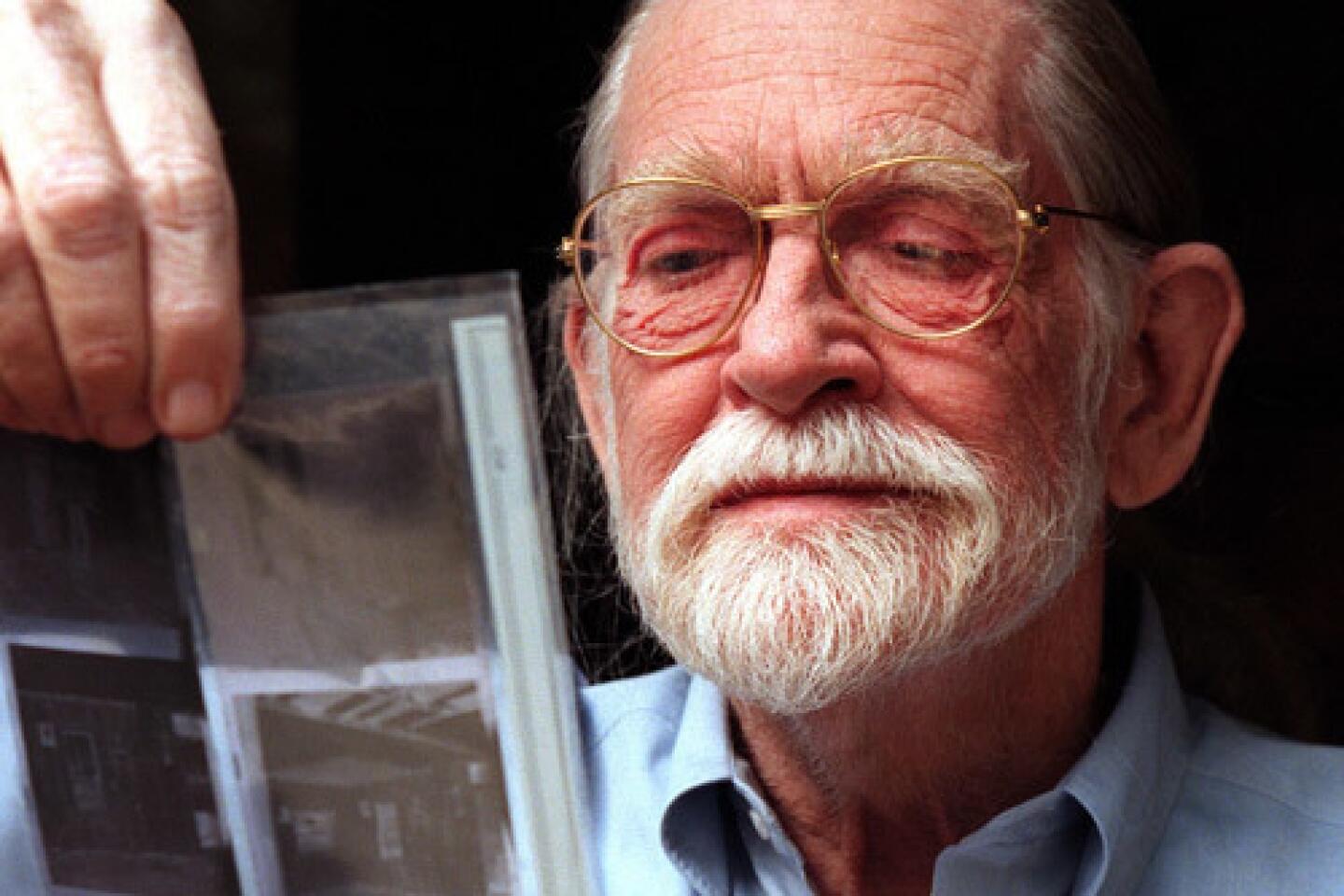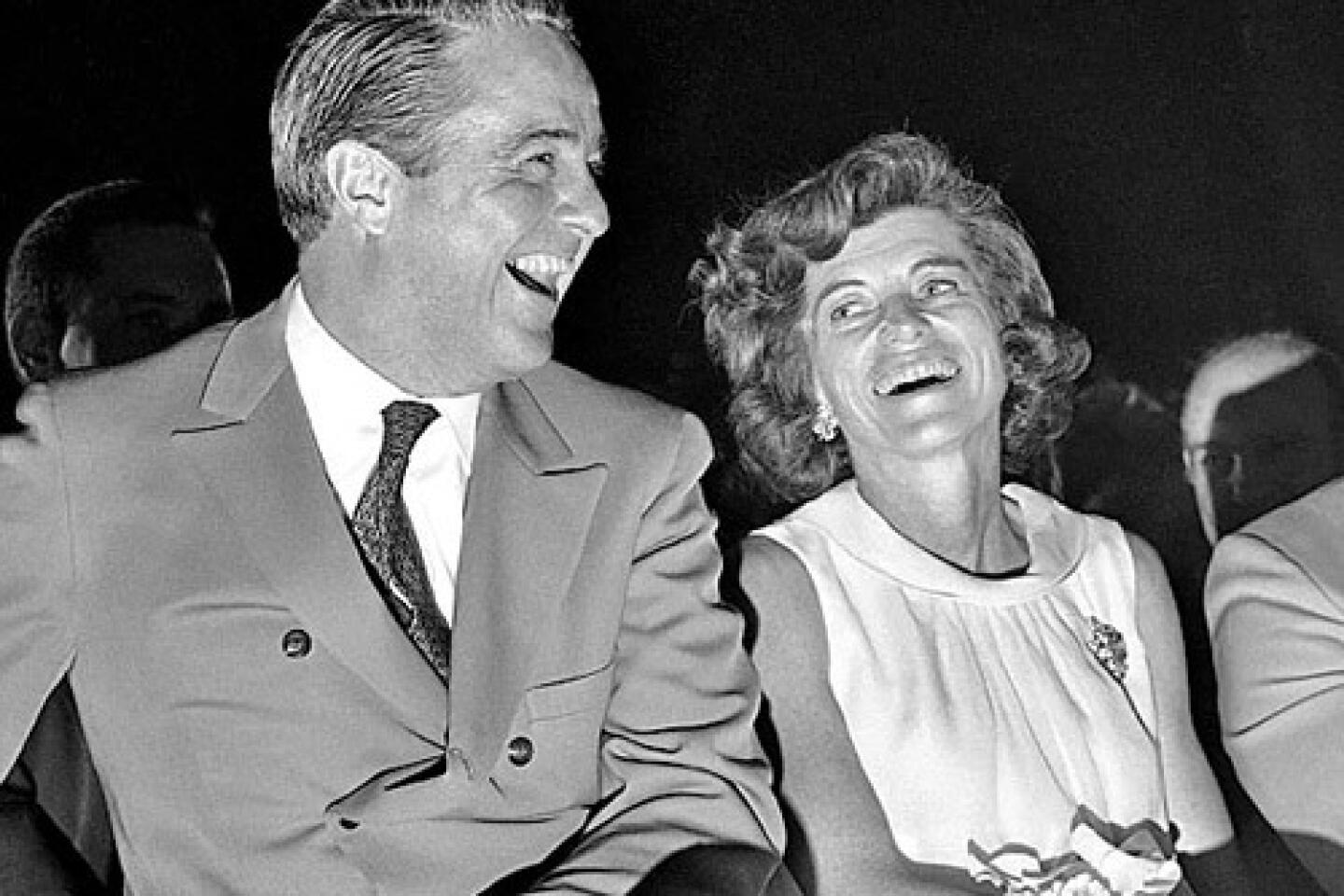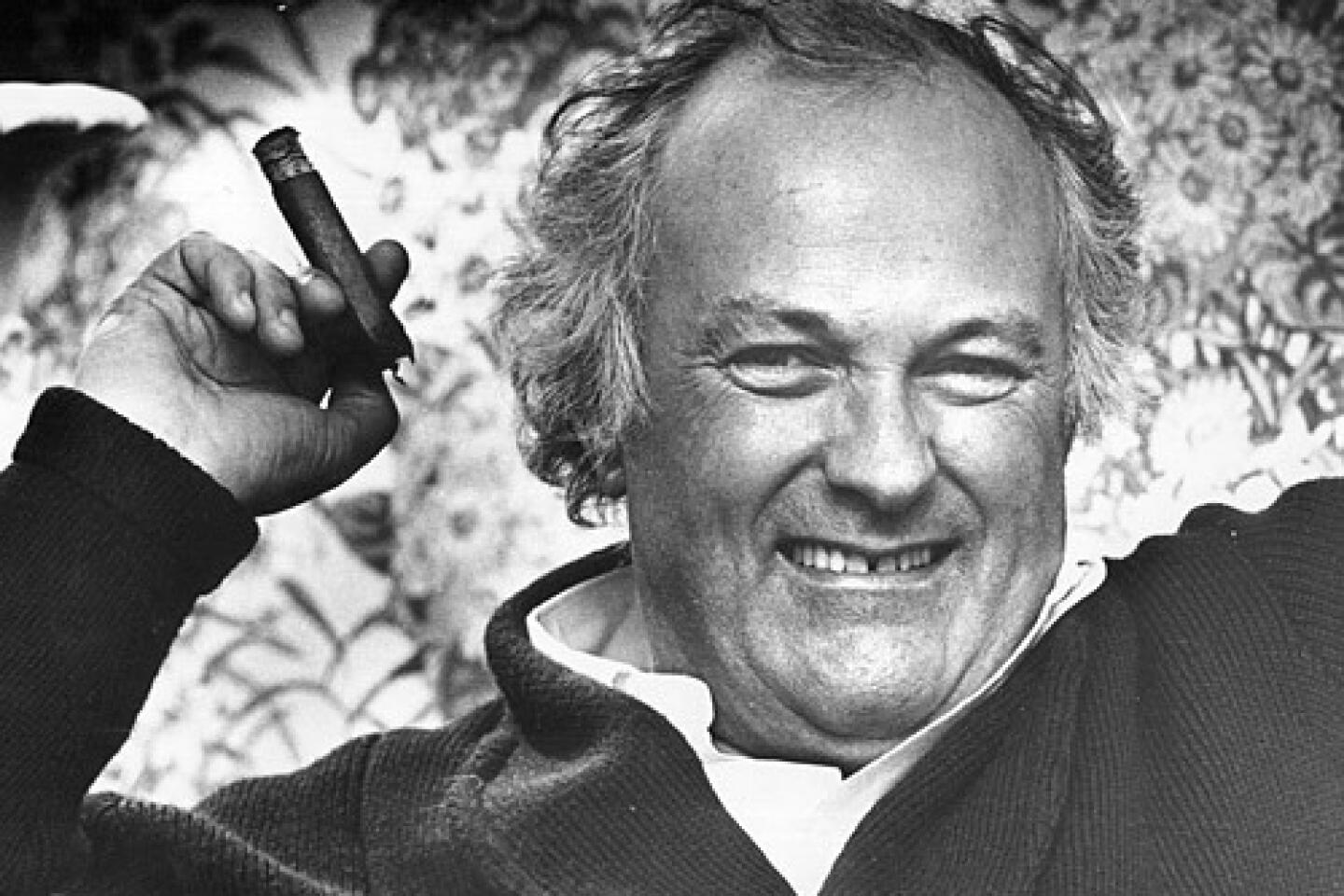Dr. Ilse Lowenstam dies at 98; VA physician tackled substance abuse issues
New to the West Los Angeles Veterans Administration hospital in 1962, Dr. Ilse Lowenstam realized that many patients were checking out of the residence-care program she oversaw — and in to nearby bars.
“We didn’t have a real program for alcoholics,” Lowenstam later said. “They often had to be excluded from treatment because one of the rules was that they had to be sober to be admitted to the hospital.”
Then 50, Lowenstam was a refugee from Nazi Germany who had barely escaped with her medical degree. Once a country doctor who had practiced in Illinois, she would go on to create groundbreaking alcohol and drug rehabilitation programs at the VA facility.
Lowenstam died Aug. 24 at her Pacific Palisades home after a long decline in her health, said her daughter, Ruth Goldstein. She was 98.
“No one was doing anything specific for substance abuse. She was a pioneer in setting that up, for alcohol and then drugs,” said Dr. Cyril Barnert, a psychiatrist who worked with her at the hospital. “She was a good combination of caring and toughness.”
As the VA came to recognize alcoholism as a disease, Lowenstam helped establish programs that were “centered around the whole life of the person,” according to her daughter.
“It’s painful for anyone to stop and examine why we do things,” Lowenstam, then chief of the hospital’s Alcoholism Treatment Program, told The Times in 1970. “Alcoholics have to face themselves to discover what leads to their drinking.”
At the time, most patients underwent two months of treatment based on two main elements: group therapy and Antabuse, a drug that makes users sick if they consume alcohol.
“We use Antabuse not because we think it is the answer but because it keeps the patient sober,” Lowenstam said in the 1970 article. “As long as he is drinking, he cannot face his problems.”
By 1981, treatment had grown to include lectures, films, relaxation and assertiveness training, and group and individual counseling sessions.
One extra feature that Lowenstam successfully fought for was a kitchen, which she said provided a bar-like atmosphere that enabled often lonely patients to chat while drinking coffee.
“When you are sitting at a bar with a drink in your hand,” she told The Times in 1970, “there’s usually someone to listen to your sad story.”
She was born Ilse Weil on Oct. 10, 1912, in Munich, Germany, to parents who divorced when she was very young.
Struggling financially near the end of World War I, her shopkeeper mother sent 5-year-old Ilse to live with an aunt in a nearby town.
At 15, Ilse returned to Munich and later studied medicine at Ludwig Maximilian University. In a restaurant that catered to students, she met her future husband, Heinz Lowenstam.
A week before the Nazis barred Jews from obtaining university degrees, Ilse earned her medical degree in 1937, “which was fortunate,” Heinz recalled in a 1988 oral history, “because in medicine, she would have had to start over from scratch.”
The couple soon married and fled to Chicago, where Heinz received the doctorate in geology that the Nazis had denied him.
Ilse completed her residency through the University of Chicago and bought a country doctor’s practice in Rochester, Ill. “They couldn’t imagine that a woman could be a doctor,” her daughter said, “but gradually she won their acceptance.”
In 1953, the Lowenstams moved west when Heinz joined Caltech as a professor. The marriage ended in divorce in the 1960s.
After she finished raising their three children, Ilse joined the VA and met Dr. Samuel Lieberman while giving him a tour of the hospital. They were married from 1966 until his death at 90 in 1994.
She traveled the world to lecture on substance abuse treatments, continuing to work until she was 79.
“Ilse was extremely caring and a real advocate for her patients,” said Barnert, her former colleague. “You can’t just give them unconditional love. They also need limit-setting, and she was good at that.”
Her son Steven died of cancer at 57 in 2003.
In addition to her daughter Ruth, of La Cañada Flintridge, she is survived by another son, Michael of Malibu; three grandchildren; and two great-grandchildren.
More to Read
Start your day right
Sign up for Essential California for the L.A. Times biggest news, features and recommendations in your inbox six days a week.
You may occasionally receive promotional content from the Los Angeles Times.
